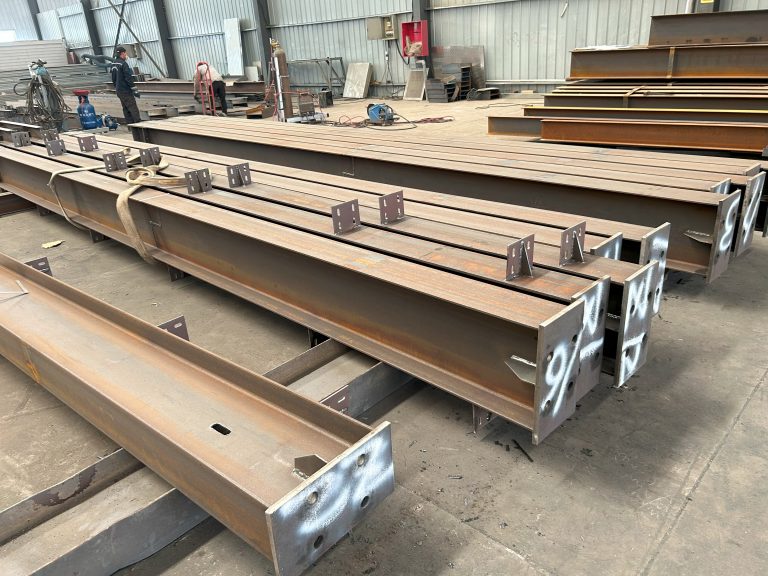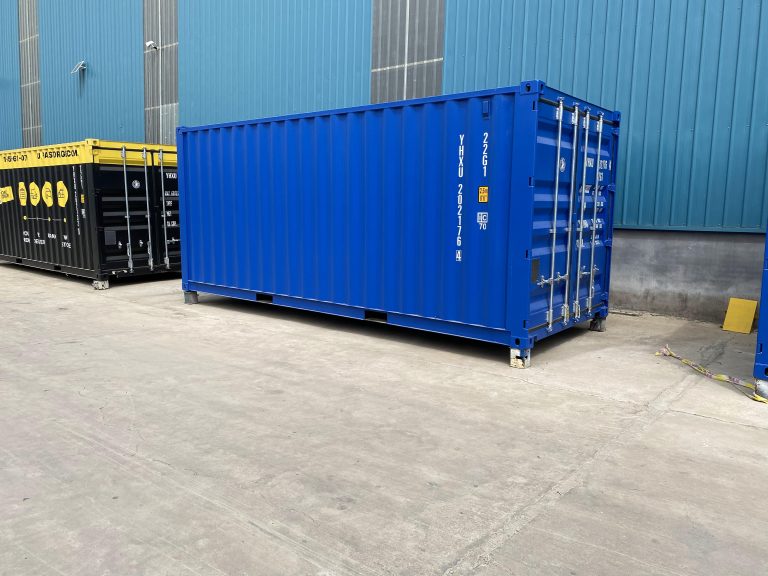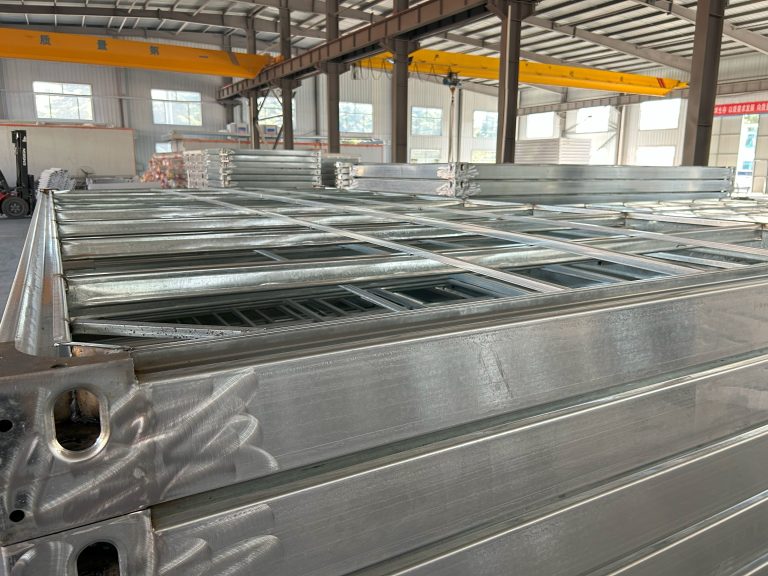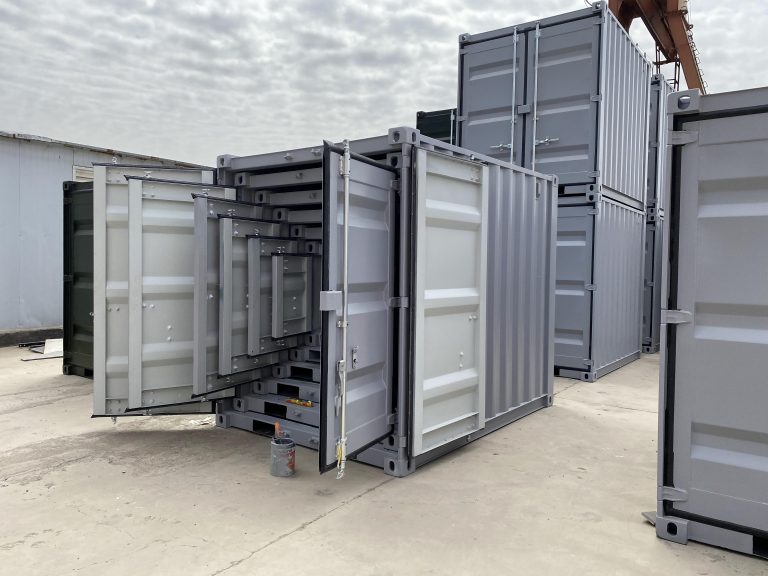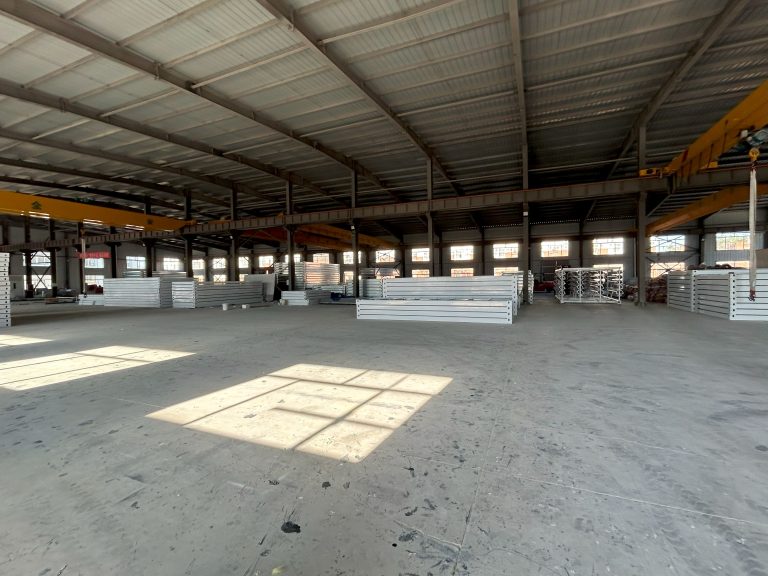Application of steel structure in modernization of agricultural facilities
Table of Contents
Benefits of Using Steel Structures in Agricultural Facilities
Steel structures have become increasingly popular in the modernization of agricultural facilities due to their numerous benefits. From barns and storage buildings to greenhouses and processing plants, steel structures offer a versatile and durable solution for farmers and agricultural businesses looking to upgrade their facilities.
One of the key benefits of using steel structures in agricultural facilities is their strength and durability. Steel is known for its high tensile strength, which makes it capable of withstanding extreme weather conditions, heavy loads, and potential impacts. This durability ensures that agricultural buildings can withstand the test of time and continue to provide a safe and secure environment for equipment, livestock, and crops.
In addition to their strength, steel structures are also highly customizable. Farmers and agricultural businesses can work with designers and engineers to create a structure that meets their specific needs and requirements. Whether it’s a large storage building for equipment or a specialized processing plant, steel structures can be tailored to fit the unique demands of the agricultural industry.
Furthermore, steel structures are quick and easy to construct, which can help minimize downtime and disruption to daily operations. With prefabricated components and efficient construction techniques, steel buildings can be erected in a fraction of the time it takes to build traditional structures. This means that farmers can quickly upgrade their facilities and start reaping the benefits of their new steel structure sooner rather than later.
Another advantage of using steel structures in agricultural facilities is their low maintenance requirements. Unlike wood or other building materials, steel is resistant to pests, rot, and corrosion, which means that agricultural buildings will require less upkeep and repairs over time. This can result in cost savings for farmers and agricultural businesses in the long run, as they won’t have to spend as much time and money on maintenance and repairs.
Additionally, steel structures are environmentally friendly. Steel is a recyclable material, which means that it can be reused and repurposed at the end of its lifespan. This sustainability factor is important for farmers and agricultural businesses looking to reduce their environmental impact and operate in a more eco-friendly manner. By choosing steel structures, farmers can contribute to a more sustainable agricultural industry and help protect the planet for future generations.
In conclusion, the application of steel structures in the modernization of agricultural facilities offers a wide range of benefits for farmers and agricultural businesses. From strength and durability to customization and low maintenance requirements, steel structures provide a versatile and cost-effective solution for upgrading agricultural buildings. By choosing steel structures, farmers can create a safe, efficient, and sustainable environment for their equipment, livestock, and crops, ultimately helping to improve productivity and profitability in the agricultural industry.
Design Considerations for Steel Structures in Agricultural Facilities
Steel structures have become increasingly popular in the modernization of agricultural facilities due to their durability, versatility, and cost-effectiveness. When designing steel structures for agricultural use, there are several key considerations that must be taken into account to ensure the success of the project.
One of the most important design considerations for steel structures in agricultural facilities is the type of structure that will best suit the needs of the operation. Whether it be a barn, storage facility, or processing plant, the design of the steel structure must be tailored to the specific requirements of the agricultural operation. For example, a dairy farm may require a steel structure with large open spaces for housing livestock, while a grain storage facility may require a structure with multiple levels for efficient storage and retrieval of crops.
In addition to the type of structure, the size and layout of the steel structure must also be carefully considered. The size of the structure will depend on the amount of space needed for the agricultural operation, as well as any future expansion plans. The layout of the structure must be designed to maximize efficiency and productivity, with consideration given to the flow of materials, equipment, and personnel throughout the facility.
Another important design consideration for steel structures in agricultural facilities is the materials used in construction. Steel is a popular choice for agricultural structures due to its strength, durability, and resistance to pests and weathering. However, other materials such as wood, concrete, or aluminum may also be used in conjunction with steel to meet specific design requirements.
When designing steel structures for agricultural use, it is important to consider the environmental impact of the construction. Sustainable design practices, such as using recycled materials, energy-efficient systems, and green building techniques, can help reduce the environmental footprint of the agricultural facility. Additionally, incorporating natural lighting, ventilation, and insulation into the design can help improve the overall comfort and productivity of the facility.

Safety is another critical consideration when designing steel structures for agricultural facilities. The structure must be designed to withstand the unique challenges of the agricultural environment, such as heavy machinery, livestock, and extreme weather conditions. Proper ventilation, fire protection, and emergency exits must also be incorporated into the design to ensure the safety of workers and livestock.
In conclusion, the application of steel structures in the modernization of agricultural facilities offers numerous benefits, including durability, versatility, and cost-effectiveness. When designing steel structures for agricultural use, it is important to consider the type, size, layout, materials, environmental impact, and safety of the structure to ensure the success of the project. By carefully considering these design considerations, agricultural operations can benefit from the efficiency, productivity, and sustainability of steel structures.

